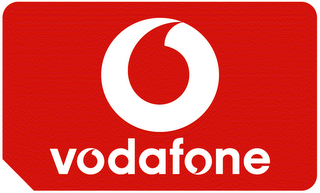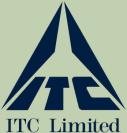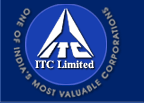
About the company
3M is a diversified technology company with a worldwide presence in the following markets: consumer and office; display and graphics; electro and communications; health care; industrial and transportation; and safety, security and protection services. What makes the company so diverse is its ability to apply our technologies – often in combination – to an endless array of customer needs.
3M at a Glance
Worldwide sales: $21.2 billion where international sales: $12.9 billion (61 percent of company's total).
Presence in more than 60 countries.
3M products sold in nearly 200 countries.
It has employed more than 69,000 employees.
3M employs mostly local nationals. Fewer than 300 3M employees worldwide are Foreign Service Employees not residing in their home countries.
Plant locations: 139 worldwide.
Sales office locations: 188 worldwide.
3M Businesses
3M serves customers through six business segments, which increase speed and efficiency by sharing technological, manufacturing, marketing and other resources.
These six businesses are:
Display and Graphics Business
Drawing on 3M’s technology platforms, it provide products – display enhancement films, reflective materials, eye-catching graphics and more – that people around the world rely on every day.
Electro and Communications Business
3M technology provides solutions for customers in electrical, electronics and communications markets around the world. It contributes to reliable sources of electrical power, high-performance electronic devices, and speedy and dependable telecommunications networks globally.
Health Care Business
Every day, it help improve the quality of care provided by health care professionals throughout the world. Its innovative products and services also make the delivery of patient care more affordable.
Industrial and Transportation Business
3M is the global leader in tapes, abrasives, adhesives, specialty chemicals, filtration systems, and software for supply chain management. It also serve the transportation market with products for the manufacture, repair and maintenance of autos, aircraft, boats and other vehicles.
Safety, Security and Protection Services Business
3M products increase the safety, security and productivity of people, facilities and systems around the world. It is also a leading supplier of roofing granules for asphalt shingles.
History At a Glance:
3M was founded in 1902 at the Lake Superior town of Two Harbors, Minn. Five businessmen set out to mine a mineral deposit for grinding-wheel abrasives. But the deposits proved to be of little value, and the new Minnesota Mining and Manufacturing Co. quickly moved to nearby Duluth to focus on sandpaper products. Years of struggle ensued until the company could master quality production and a supply chain. New investors were attracted to 3M, such as Lucius Ordway, who moved the company to St. Paul in 1910. Early technical and marketing innovations began to produce successes and, in 1916, the company paid its first dividend of 6 cents a share.
· The world's first waterproof sandpaper, which reduced airborne dusts during automobile manufacturing, was developed in the early 1920s.
· A second major milestone occurred in 1925 when Richard G. Drew, a young lab assistant, invented masking tape – an innovative step toward diversification and the first of many Scotch® Pressure-Sensitive Tapes.
· In the following years, technical progress resulted in Scotch® Cellophane Tape for box sealing and soon hundreds of practical uses were discovered.
· In the early 1940s, 3M was diverted into defense materials for World War II, which was followed by new ventures, such as Scotchlite™ Reflective Sheeting for highway markings, magnetic sound recording tape, filament adhesive tape and the start of 3M's involvement in the graphic arts field with offset printing plates.
· In the 1950s, 3M introduced the Thermo-Fax™ copying process, Scotchgard™ Fabric Protector, videotape, Scotch-Brite™ Cleaning Pads and several new electro-mechanical products.
· Dry-silver microfilm was introduced in the 1960s, along with photographic products, carbonless papers, overhead projection systems, and a rapidly growing health care business of medical and dental products.
· Markets further expanded in the 1970s and 1980s into pharmaceuticals, radiology and energy control.
· In 1980, 3M introduced Post-it® Notes, which created a whole new category in the marketplace and changed people’s communication and organization behavior forever.
· In the 1990s, sales reached the $15 billion mark. 3M continued to develop an array of innovative products, including immune response modifier pharmaceuticals; brightness enhancement films for electronic displays; and flexible circuits used in inkjet printers, cell phones and other electronic devices.
· In 2004, sales topped $20 billion for the first time, with innovative new products contributing significantly to growth. Recent innovations include Post-it® Super Sticky Notes, Scotch® Transparent Duct Tape, optical films for LCD televisions and a new family of Scotch-Brite® Cleaning Products that give consumers the right scrubbing power for a host of cleaning jobs.







.jpg)
